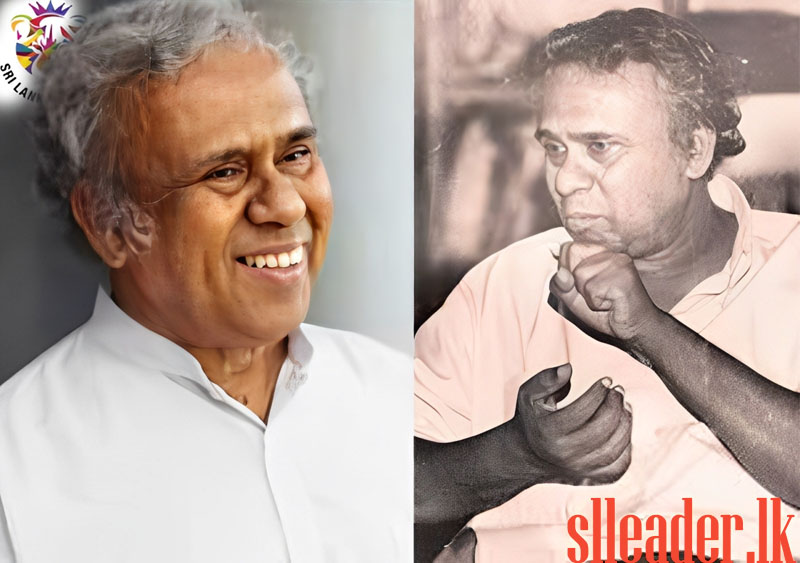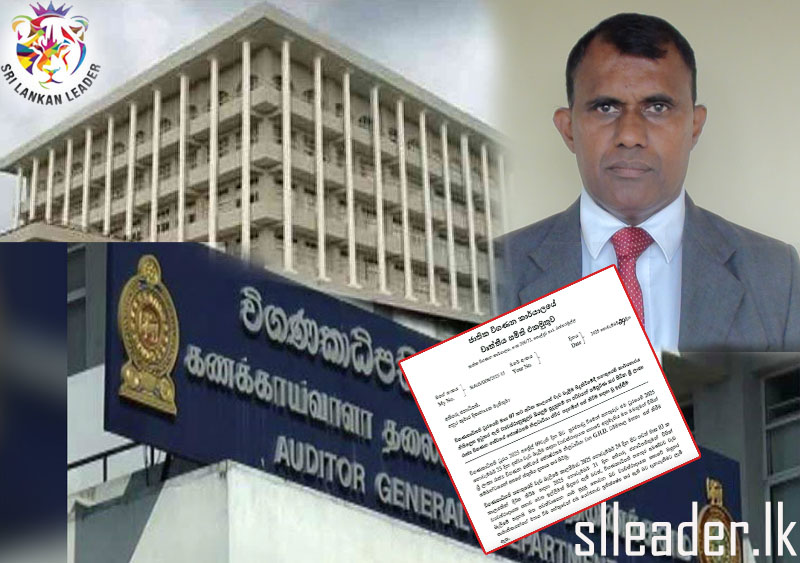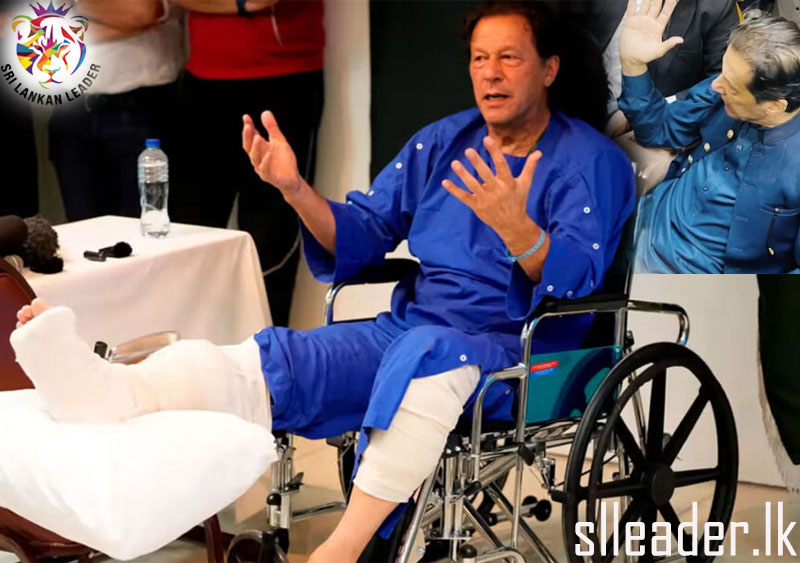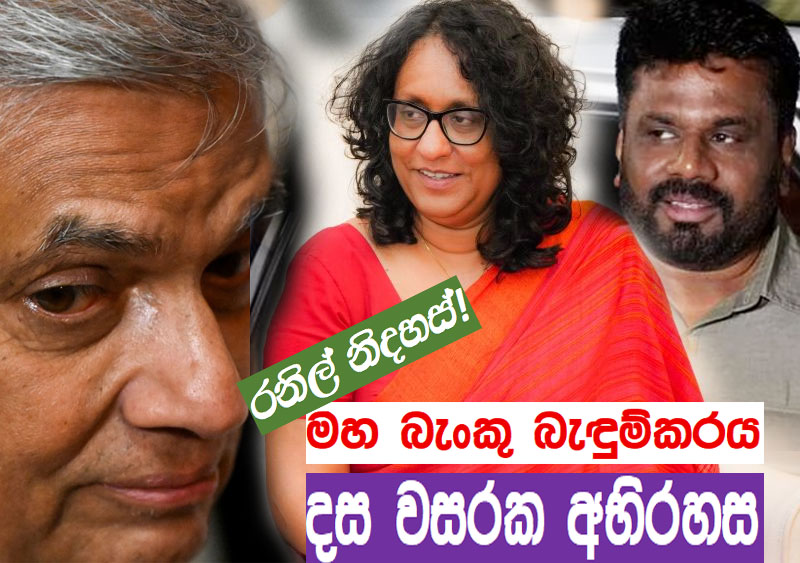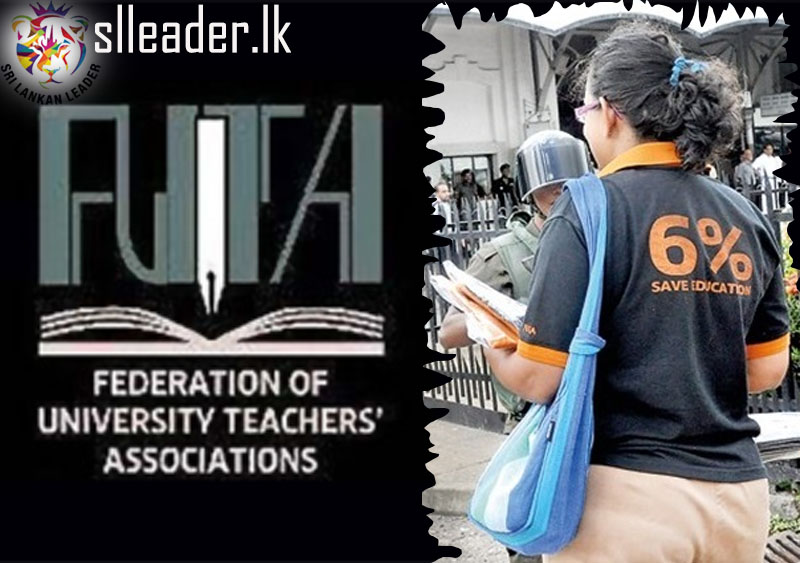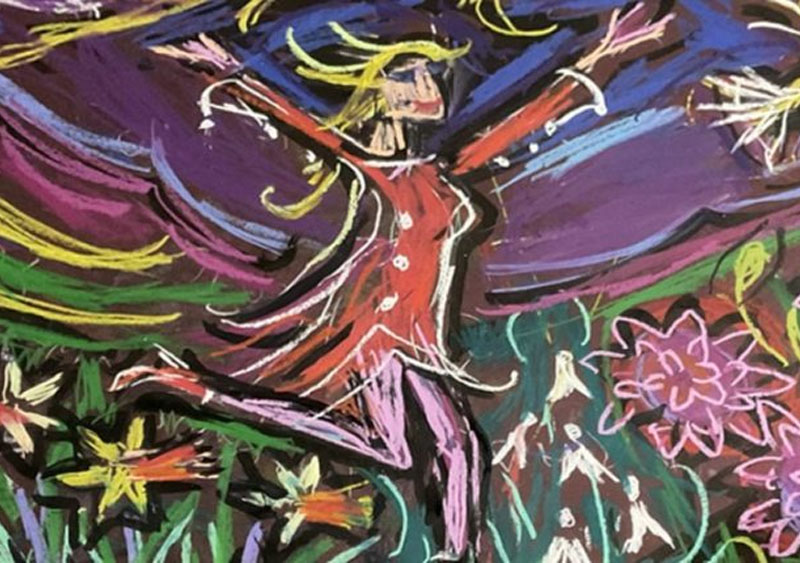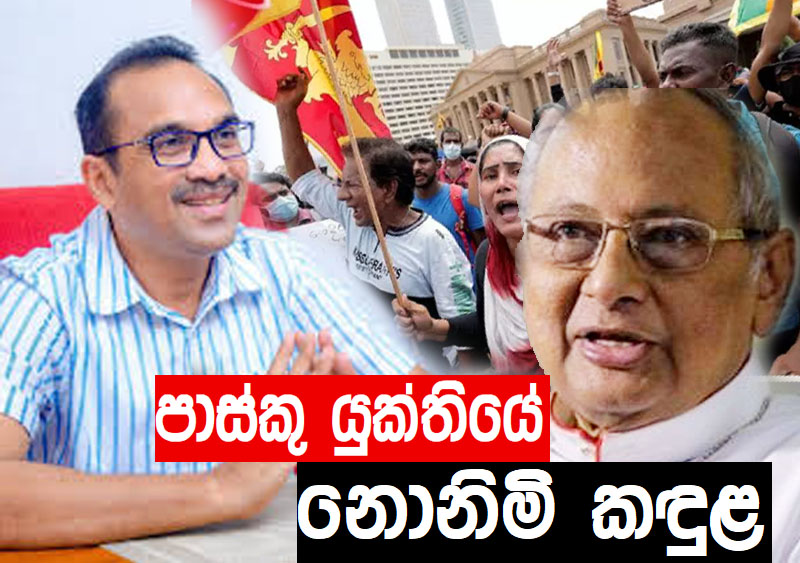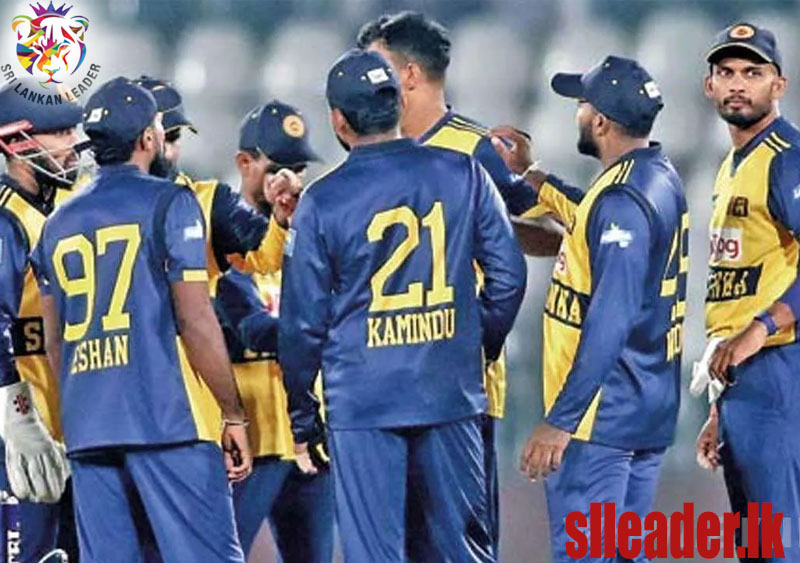More than twenty years ago, when I worked for the Sunday edition of ‘The Island,
’ I would step into the editorial office of our sister paper, ‘Divaina,’ just to chit-chat with fellow journalists. I enjoyed conversations with almost all the journalists working there, young and old. On one such occasion, I noticed Dr Nalin De Silva standing near a table, looking a bit out of place.
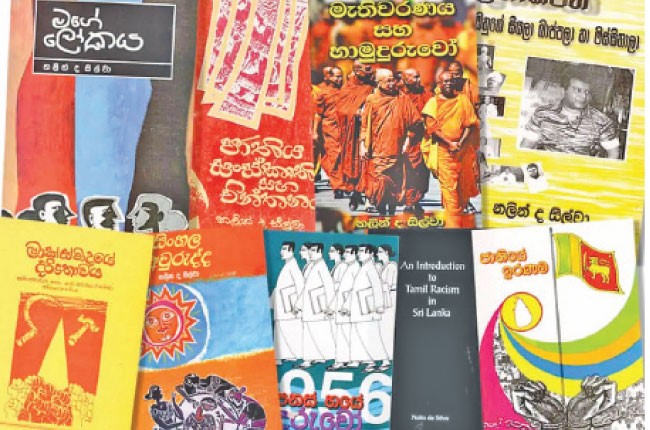
I had met him a few times before that. He recognised me when I greeted him. This was a time when he wrote weekly columns for the ‘Divaina,’ the Midweek Review of ‘The Island’ and also for the science weekly, ‘Vidusara,’ if I remember right.
So I asked the natural question: ‘did you come to submit an article?’ Of course the question was asked in Sinhala and his response was likewise in Sinhala. Essentially, the following:
‘No, Malinda. I came to collect the payment. It’s a small amount. They don’t pay me regularly (hariyata gevanne naha). They don’t understand that it is a big amount for me.
It was heartbreaking to hear that. Nalin, who was the professor of mathematics at Colombo University, had been sacked. He would be reinstated years later, but that’s another story. The fact was that he was going through a really hard time.
Looking back, one might say, that Nalin never had it easy. He was vilified no end and not always by people endowed with any kind of political, ideological, philosophical or moral integrity. He wrote and he spoke. He stood his ground and argued. He did not mince his words and maybe he should have.
I remember running into him in Colombo Campus about 30 years ago. I was speaking with Dr Arjuna Parakrama of the English Department, my chess coach and a family friend. The two had arranged to debate one another on some topic which was not mentioned. They spoke about the logistics, that much I remember.
Then Arjuna said ‘Nalin, we must make sure that we don’t become anyone’s pawn.’ Nalin muttered something and left. I didn’t hear, so I asked Arjuna
‘He said you are already a pawn.’
Arjuna took it in his stride. He too was one who stood his ground, although he spoke and wrote much less than Nalin. A pity, I should add, even though ideologically and politically I was closer to Nalin than to him.
First Year Anniversary
On the 2nd of May it will be a year since Nalin passed away. His sharp and telling arguments that countered all manner of assaults on the nation and its heritage are no doubt missed by ideological fellow travellers and probably offers much relief of his detractors, especially since it is clear that at least for now ‘the enemy’ that he perceived has gained much ground.
The enormity of the man in the politico-ideological firmament is undisputed. He played a key role in unshackling radical youth from all the errors of Marxist, materialistic and modernist postulates. The resurgence of the political right certainly dealt heavy blows to Marxists, but at the ideological level with regard to emancipatory politics, Nalin’s interventions certainly unsettled Marxists as well as Marxist parties and groups who, interestingly, abandoned the ‘class project’ and embraced all kinds of causes just to retain a ‘left’ badge which meant something only to them and nothing or next to nothing for others. Such individuals, unsurprisingly, ended up being quite comfy with right wing projects. Nalin’s ‘Mage Lokaya’ (‘My world’) inflicted deep wounds, suffice to say.
Nalin of course was not the first to take on Marxists, but in the very least, in Sri Lanka, his was a voice that they simply could not refuse to hear. Whether or not such debates served to engineer some kind of progressive leap in discourses related to social transformation it is hard to say conclusively, one way or the other. However, to the extent that any serious intellectual exercise is a non-negotiable element of emancipatory politics, few would disagree that Nalin did his bit. And more.
Nevertheless, he was more effective on the erroneously formulated idea of ‘the national question.’ Nalin systematically debunked ahistorical claims of Tamil chauvinists and in the process undressed their apologists in Marxist/leftist garb. One recalls that Nalin, along with Gunadasa Amarasekera, S L Gunasekera and a handful of others, took on an ‘enemy’ poor in theory but rich in political and economic strength. This was in the 1990s. That was a time when ‘Sinhala’ and ‘Buddhist’ were terms that could only be uttered at the risk of being called racists, chauvinists, warmongers etc. Interestingly, the name-callers had no issue whatsoever with racists, chauvinists and terrorists belonging to other communities, ethnic and religious.
Political Culture
The nineties were marked by a political culture where anyone opposed to federalism was vilified, Nalin did not care. He was relentless. He wrote and wrote and wrote. Week after week. For years. Decades. He took his detractors on almost single handedly. Many were in NGOs with dubious agenda and they had the bucks. Those who subscribed to ideologies that Nalin opposed had ample support of those in power. They had the kind of access to both public and private media that should have made control of the ideological space a piece of cake. Nalin just wrote to a few Sinhala newspapers. He prevailed. Or rather, the ideas he tried to disseminate took root.
Nalin was ridiculed over his ideas about Natha Deviyo. He responded with a book titled ‘Batahira vidyaava arsenic saha deviyo (Western science, arsenic and god).’ It is not a coincidence that those who laughed at Nalin do not ever take issue with theist subscribing to the Judeo-Christian religions. At the same time they treat Western science as divine writ. The last word. They genuflect before western science even though western science has long since abandoned the idea of objective reality.
Nalin did expend some energy on developing a political organisation or else trying to convince established parties to accept his views. He was political in that sense too.
This exposed him to additional fire for his political opponents pinned the sins of the party on the man. To be expected of course. Few political pundits can claim to be immune from such attacks though.
Nalin argued against Cartesian logic and proposed instead what he called the ‘Chathuskotika’ method of inquiry, four-fold as opposed to the Aristotelian two-fold. In ‘Marxvaadaye Daridrathavaya’ and ‘Apohakaye Roopikaya’ he did raise issues regarding key concepts of Marxism and demystified Marxist dialectics respectively, necessary interventions useful even for Marxist scholars as well as those who privileged slogan over activism that considered relentless study integral to the revolutionary drive.
He would often draw from cartesian logic when it comes to political practice. Perhaps a remnant of dabbling with Trotskyism in his younger years. A pity, certainly, and a contradiction, for the rich and complex logic system he developed was in a sense a result of his efforts to debunk the Trotskyism of his younger years.
He was far from perfect. But he was absolutely honest. He did not compromise, as many others have, his convictions in order to secure some kind of personal benefit.
This is why the image of that encounter at the ‘Divaina’ is so deeply etched in my mind. He was poor, absolutely, compared to those who took pleasure in ridiculing him. He was one of the richest minds this country has seen over the last 50 years or so. He made a difference and his ideas may continue to inform ideological debates and consequent political practice for a long time more to come.
Nalin De Silva was unperturbed by praise or blame. He lived a simple life even as he chose complex subjects to write about. He planted many seeds. They will grow into tall trees, by and by.
@ Malinda Seneviratne is a freelance writer.
This email address is being protected from spambots. You need JavaScript enabled to view it..



